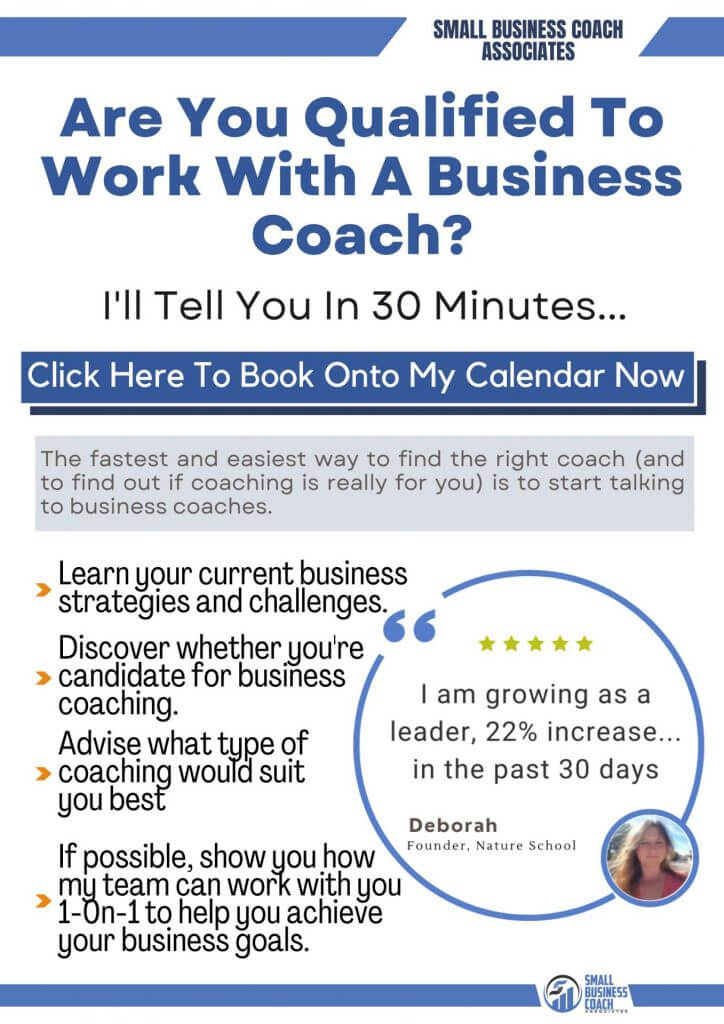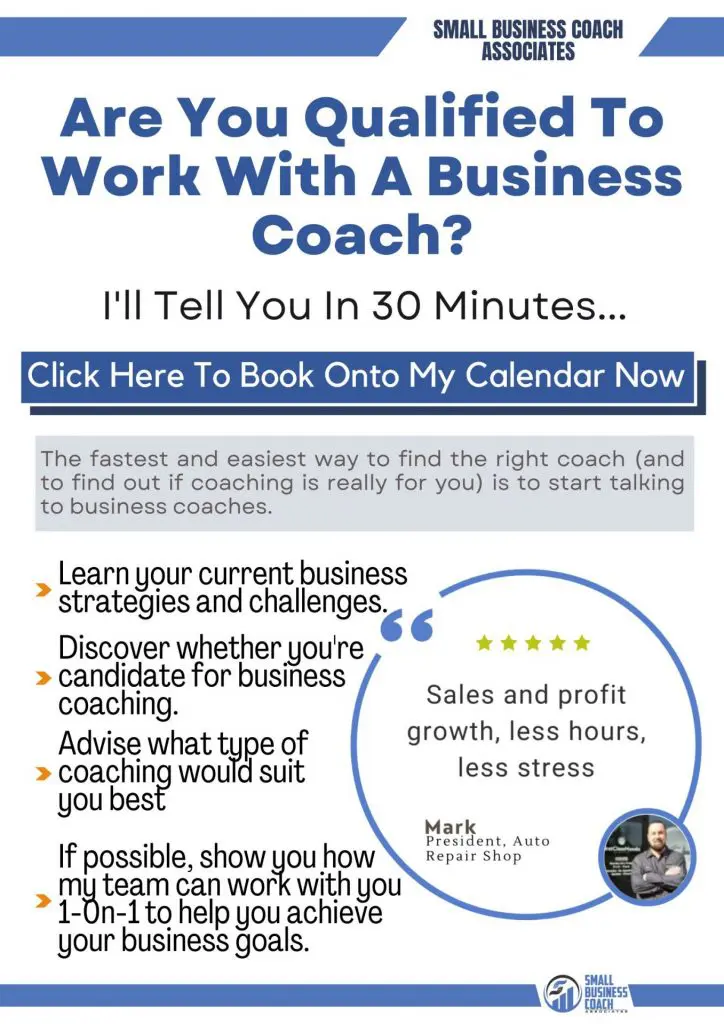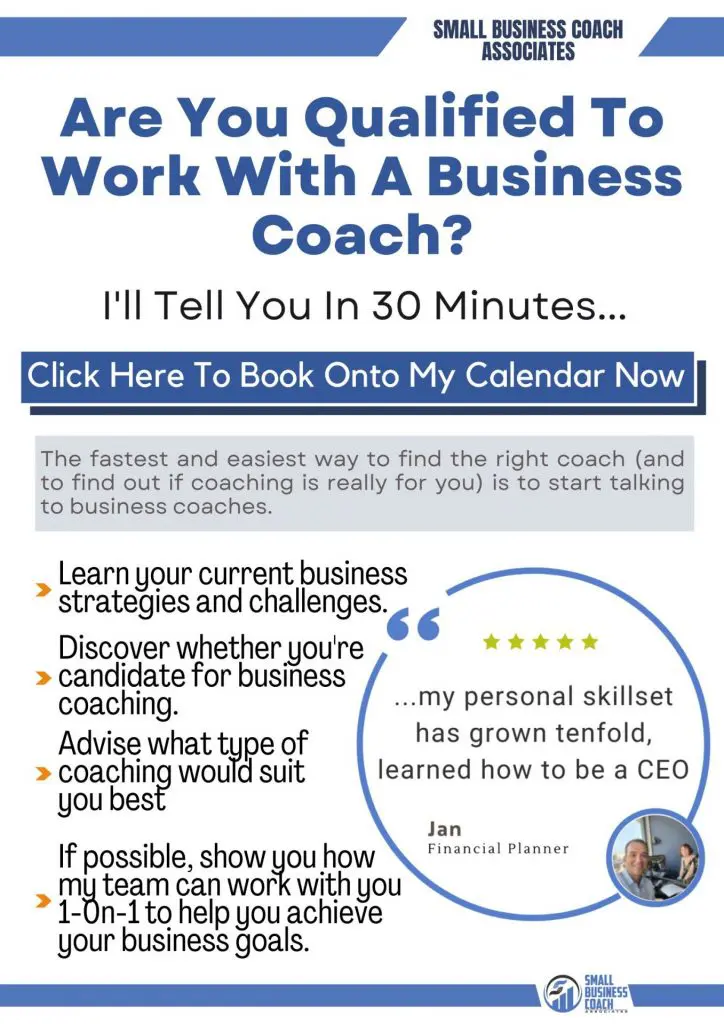82% of marketers use content marketing tactics to reach their target customers. If you are a business owner or an entrepreneur, you are already familiar with the many benefits of this strategy. Companies unload millions of articles yearly, all looking to capture their audience’s attention and win them over. Truthfully, nothing is quite as effective for increasing engagement and sustaining interest in your product or service. Content marketing is a crucial aspect, if you want your business to succeed.
Yet, despite the high number of shared posts, most web pages will never see the desired visibility and attention. The only way to beat this cycle is through targeted content marketing. But getting the hang of this tactic can be tricky even for experienced marketers. This article will explore the best techniques you can apply now to engage your target customers and drive sustainable business growth.
Why Customer Content Marketing Is Important for Your Business
There are many good reasons why customer content marketing is integral to the success of businesses. More than anything else, most companies invest in building a robust and profitable relationship, preferably a lifetime one, with their customers. Like all good bonds, you must first understand their needs. Customer content marketing offers businesses the most sustainable and cost-effective means to nurture lasting brand-customer relationships. How does this work?

When you create content that aligns with what your customers or target audience wants, you provide value while establishing your brand as a credible authority in your niche. This could be as simple as answering questions about products and services or giving tips to help your clients get the most out of their experience. You are simply building trust. The more helpful content you provide, the more likely others will want to link to your web pages.
The search algorithm, in turn, will interpret these backlinks as a sign that you are trustworthy and reward you with higher search rankings. This increased visibility is precisely why many buy backlinks or build their own blog network. With customer content marketing, you can create naturally organic inbound links that give you better brand exposure, increased lead generation, and improved conversions.
Target Audience and Content: How to Create the Right Marketing Strategy
There are many benefits to learning how to market to your target audience, and content is a big part of it. Whether your goal is to boost your search engine optimization rankings or use PPC, the objective is the same – increase sales. Here are some key tips to help you achieve these targets.
#1 Take Time to Get to Know Your Audience
A major ingredient for successful targeted content marketing is being able to locate and understand your target audience. This saves you from wasting time and money trying too many things that fail to hit the mark. First, you want to do keyword research to get insights into what your audience is searching for. Pair that with several tactics like creating reader personas, doing surveys and polls, utilizing social media, or checking which of your previous content got the most response.
The idea is to spread your net and get as much data as possible to help your market analysis. Of course, this means going where your customers are and taking the time to cultivate that interest in them. But this is one of the best investments you can make, enabling you to adjust or create a content strategy that resonates with your audience.
#2 Build a Stockpile of Relevant Quality Content Ahead of Time
Okay, so you know your audience like the back of your hand. Now what? It’s time to start using that knowledge to provide the necessary solutions. This is where you put your targeted content marketing plans into action. Begin by creating a collection of content pieces that they will love. You don’t want to upload one before waiting to make the next. Having at least a few months’ worth in advance is generally a great idea.
But hey, it’s always essential to keep it relevant. Make it about them, not your products. Focus on pointing out or highlighting the benefit they can expect to get from your product or service. You can subtly insert a tinge of urgency to trigger responses. Try different content types, like videos, blogs, infographics, etc, to keep things interesting. Make them interactive and ask for engagement. Don’t forget to add a concise, clear call to action to prompt the right move.
#3 Network and Expand Your Circle
The appealing thing about targeted content marketing is that it drives results and returns on investment in ways that traditional marketing simply can’t. And the benefits only compound as time goes by! But you also have to get it right to enjoy these benefits. You should try to build connections with other leaders in your niche. This networking can go a long way to boost your visibility and credibility. You want to ensure that you distribute your content on the right platforms and have the right network to expand your audience reach.
#4 Invest in Building Trust to Gain Brand Loyalty

With the right content, you can build customers’ trust in your brand, which makes it easy to lead them through the sales funnel. But it goes beyond that. Brands that earn this confidence also notice many other benefits thanks to brand loyalty. Reports show that 67% of customers only buy again from brands they trust.
Since retaining a customer is cheaper than attracting new ones, it’s only wise to invest in providing that experience that makes them return for more. Be as authentic and relatable as possible in your content. The more you seem like a genuinely trustworthy business, the easier for your audience to become your brand advocates.
#5 Competitor Analysis
Competitor analysis is a tried and true principle of successful targeted content marketing. You need to know what your competitors are doing so you can beat them at their own game, giving you an edge over them. You can use any SEO software of your choice to monitor them. Check their performance and then find ways to do better than them. You should incorporate these insights into your strategies to build a stronger brand that can outrank the competition.
Best Advertising Tips to Reach Target Consumers
Many businesses need help to reach a target market. But this doesn’t have to be you. Here are a few tips to make it simpler for you:
- Collaborate with influencers.
- Be social media savvy.
- Invest in link building, as this will help you gather more content links and create high-quality articles for guest blogging posts that will boost your search rankings.
- Interact directly with your customers as much as possible.
- Jump on relevant trends or start new ones.
- Create more online videos to boost your brand content if you haven’t already started doing so.
- Don’t be afraid to try new things.
Conclusion
Getting targeted content marketing right takes a lot of research, practice, and patience. Yet it is the holy grail that can help you achieve sustainable growth, maximize engagement, and boost your incoming cash flow while increasing your overall company value. Use the tips from this blog to get it right and guarantee better results.





































